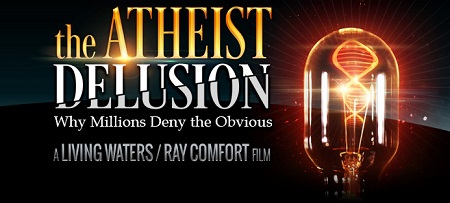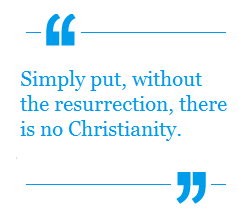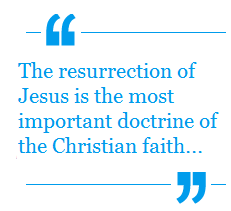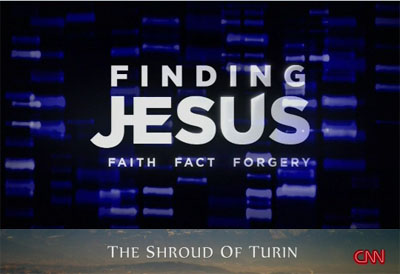Since the original sin in the garden of Eden, mankind has searched for reasons not to believe God so he could live a life independent of God. In the garden, the serpent convinced Eve not to trust God. Why? Supposedly because God was holding back the knowledge of good and evil to the detriment of Adam and Eve. The serpent suggested God was wrong f0r withholding that knowledge, but that if they were to discover the truth, they would be “like God”. (Gen 3.5) That was a big lie. God was indeed withholding the knowledge of evil, but he was not wrong in doing so because he knew that (experiential) knowledge of evil (like disobeying God) would lead to death. And the biggest irony is – they were already like God (Gen 1.26), there was nothing to be gained from what the serpent offered.
Today there is another lie circulating to destroy belief in God: The claim that the biblical accounts are not history, but rather stories borrowed or stolen and then adapted from the made up stories of pagan religions. If there’s no reason to believe the pagan religions, then there’s no reason to believe a made up story based on it either. Continue Reading




400.jpg)
_500.jpg)









